More Than a Welcome Bag: How to Create Gifts People Actually Want
I’ve been in the world of event planning and gift curation for a long, long time. I’ve put together welcome bags for huge corporate summits, intimate wine-country weddings, and small charity fundraisers. And after assembling thousands upon thousands of these things, the biggest lesson I’ve learned is this: a great gift bag is never just a random collection of stuff. It’s a curated experience.
In this article
A good bag tells a story about the event, the host, and the person receiving it. It should feel thoughtful, cohesive, and—this is the most important part—genuinely useful. So many people fall into the same traps. They either overspend on one flashy item that gets left behind in the hotel room, or they cram a bag with cheap, forgettable clutter. But the goal isn’t to impress with a big price tag. It’s to connect with a gesture of thoughtful preparation.
A well-made gift bag says, “We’re so glad you’re here, and we thought carefully about making your stay better.” This is my approach to moving beyond simple checklists and creating something that people will actually talk about.
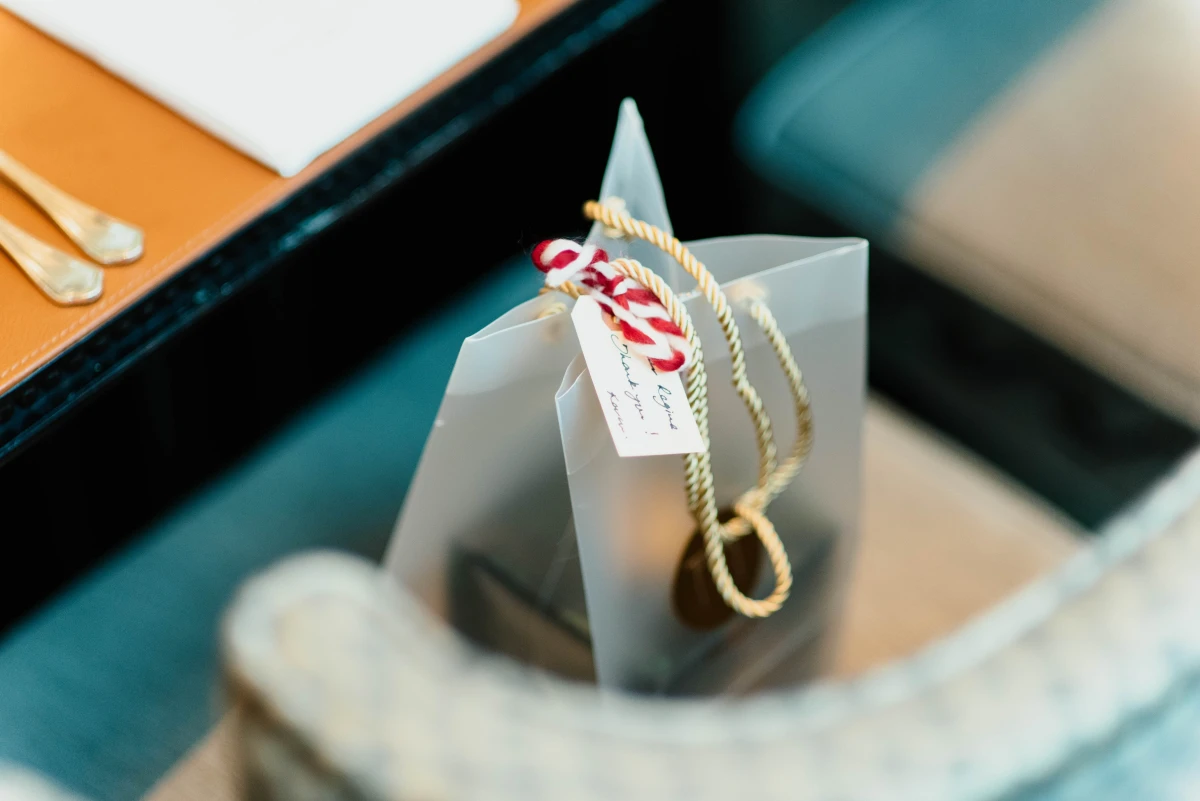
First, Think Like a Curator, Not a Shopper
Before you even think about buying a single thing, you need a framework. In the professional world, we don’t just shop for items; we build a small, contained narrative. This simple shift in mindset is what stops the bag from feeling like a jumble of unrelated objects and ensures every piece has a purpose.
The ‘Rule of Three’ for Perfect Balance
I build almost every single gift bag around a simple principle I call the Rule of Three. It’s a foolproof way to ensure balance. Each bag should contain one item from each of these categories:
- Something Indulgent: This is the treat. A small luxury the recipient probably wouldn’t buy for themselves. Think gourmet food, a pampering product, or something for pure relaxation.
- Something Practical: This shows foresight. It’s an item that solves an immediate problem or has a clear, long-term use. This is where you show you care about their actual needs.
- Something Personal: This is the heart of the bag. It’s the piece that connects the gift directly to the event, the location, or the host.
For bigger budgets, you can expand this to a Rule of Five, maybe adding ‘Something Local’ or ‘Something for Later,’ but honestly, these core three provide a rock-solid foundation for any occasion.
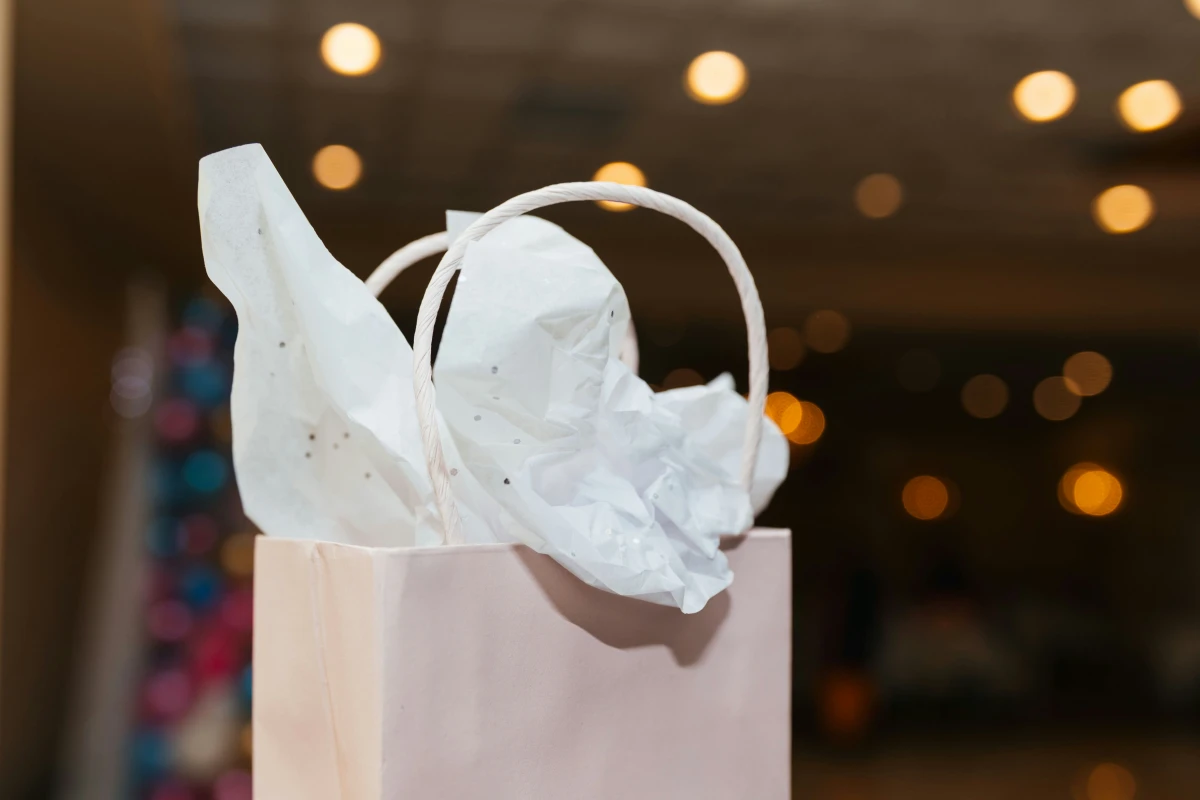
Creating a Vibe with Sensory Cohesion
Ever opened a gift where everything just felt right? That wasn’t an accident. A professional-level bag feels connected, often through subtle sensory details. Think about how the items work together in terms of texture, scent, and even color. A bag with a ‘morning relaxation’ theme might include the rough, satisfying texture of a bag of artisanal coffee beans, the smooth, cool ceramic of a mug, and the gentle scent of a vanilla-infused biscotti. The color palette might be warm earth tones, reflected in both the item packaging and the bag itself.
We literally lay items out on a table to see how they look and feel together. Does the strong scent of a candle clash with the gourmet popcorn? Is it a jarring mix of textures or a pleasant one? This level of detail is what elevates a simple gift into a thoughtful composition.
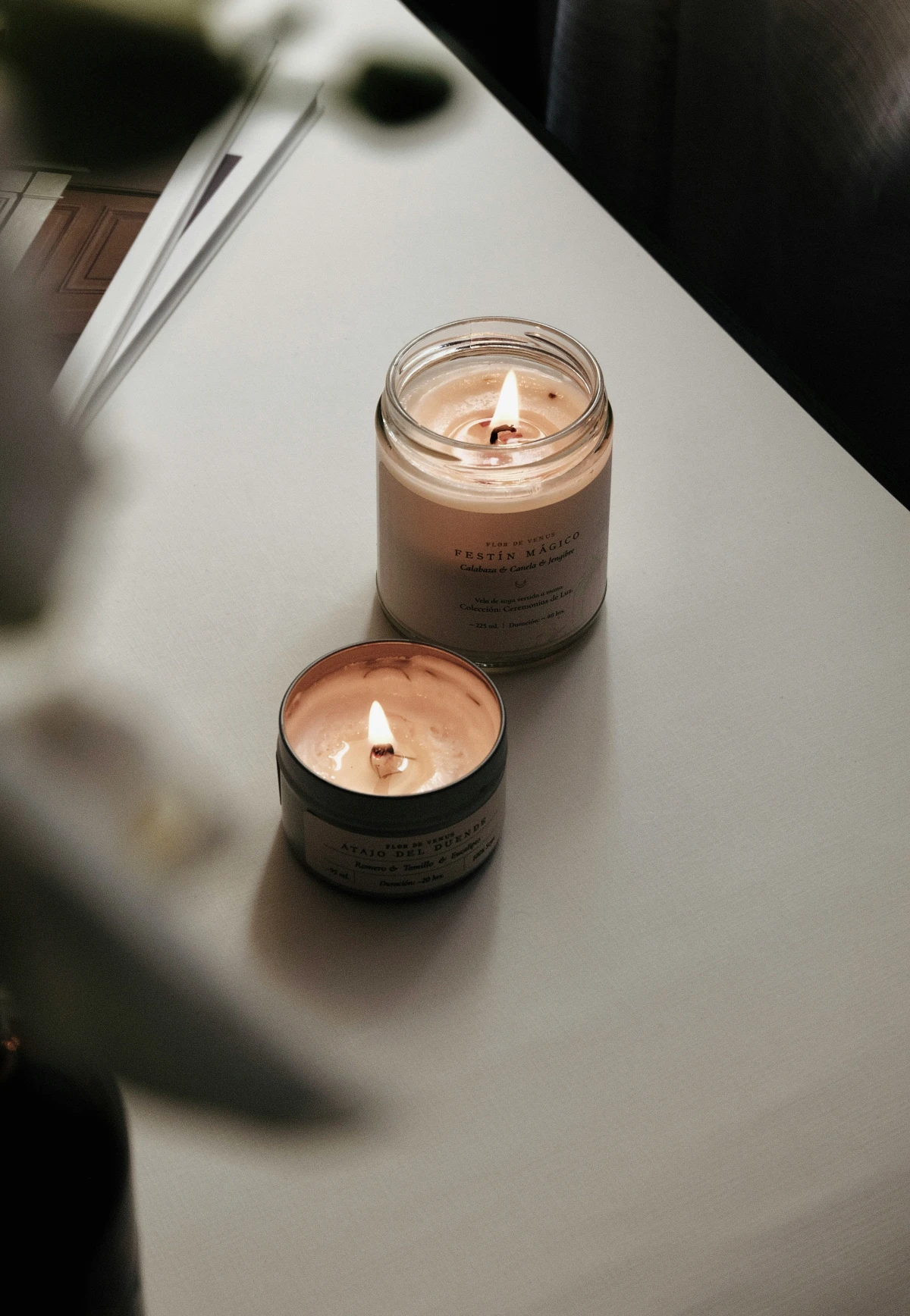
Let’s Get Practical: Choosing the Contents
Okay, with the framework in place, we can finally talk about what to put inside. Every single item needs to be vetted for quality, usefulness, and overall vibe.
1. The Indulgent Item: A Little Moment of Luxury
This is the fun part—the treat! But remember, quality over quantity is the name of the game. One exceptional chocolate truffle is worlds better than a bag of cheap, waxy candies.
For Food & Drink:
- Go Local: This is my number one tip. Instead of a generic snack, find a local gem. For a mountain retreat, we once sourced small jars of honey from a family-run apiary nearby. It gives guests a literal taste of the region. A quick search for “[your city] artisan producers” or browsing sites like Etsy (you can filter by location) or Faire.com for wholesale artisan goods is a great place to start.
- Shelf-Stability is CRITICAL: I learned this the hard way. A client once insisted on including fresh mini-cheesecakes in welcome bags for a summer conference. I had to talk them out of it—the logistics of keeping 300 cheesecakes refrigerated and safe was a massive liability. We landed on a high-quality, shelf-stable key lime cookie from a local bakery. It captured the flavor they wanted without the risk. Always choose items that are sealed and don’t need a fridge.
For Pampering & Relaxation:

- Check Those Ingredients: A lovely hand cream seems like a safe bet, right? Well, early in my career, we included an almond-scented one and later found out an executive’s spouse had a severe nut allergy. It was a close call. Now, we either stick to hypoallergenic formulas or make sure an ingredient list is clearly visible.
- Scent Sensitivity: Be careful with strong fragrances. What smells like heaven to one person can be a headache for another. When in doubt, opt for clean, mild scents like white tea, cotton, or a very subtle citrus.
2. The Practical Item: Genuinely Useful Things
This item shows you’ve thought ahead. The key is to provide something people will actually use, not just more branded clutter.
- Event-Specific Tools: For an outdoor wedding, this could be a quality SPF lip balm or a stylish paper fan. For a multi-day conference, a portable phone charger is a lifesaver. Quick tip: If you’re providing any electronics, ONLY source UL-certified products. That certification means it’s been tested for safety. Cheap, uncertified chargers are a legitimate fire hazard.
- A Lasting Keepsake: Instead of a cheap plastic keychain, think about a small leather luggage tag for a travel-themed event. Instead of a disposable pen, a single, high-quality writing instrument. The goal is an upgrade from the everyday.

3. The Personal Item: The Heart of the Bag
This is what ties it all together and makes the gift feel like it was made just for them.
- The Handwritten Note: I’m going to be blunt: this is not optional. A short, sincere, handwritten note is the single most impactful thing you can include. It shows you invested your personal time.
- Pro Tip to Save Time: For a big event, handwriting 100+ unique notes is a huge task. Here’s the hack: Get a beautiful card professionally printed with a general welcome message. Then, all you have to do is handwrite the guest’s name (“Dear Jane,”) and your signature. It has 90% of the impact for 10% of the work.
- Meaningful Customization: If you’re putting a logo on something, get it right. Always ask for a vector file (.ai or .eps) to ensure it prints cleanly. A blurry, pixelated logo just looks unprofessional and cheapens the whole gift.

A Real-World Example: The $30 Wedding Welcome Bag Recipe
This all sounds good in theory, right? Let’s break it down with a real example to show you how the budget and the Rule of Three work together.
Theme: A cozy, rustic wedding welcome for out-of-town guests.
- The Bag Itself: A simple, reusable canvas tote. You can find these online for about $5-$7 per bag in bulk.
- 1. The Indulgent Item: Two high-quality, locally made chocolate chip cookies from a town bakery, wrapped in a branded sleeve. This feels special and gives a taste of the area. (Cost: ~$6)
- 2. The Practical Item: Two bottles of water. It’s simple, but it’s the first thing guests look for when they get to a hotel room. Don’t skip it! We’ll also add a custom door hanger that says “Shhh… Recovering from the Wedding!” (Cost: Water is ~$3, custom door hanger is ~$2)
- 3. The Personal Item: A small, pocket-sized map designed by the couple, highlighting their favorite coffee shop, a good late-night bite, and the wedding venues. Plus, the handwritten welcome note on a beautiful card. (Cost: Map printing is ~$4, card/envelope is ~$2)
Total Cost: Around $29 per bag. See? It’s completely achievable to create something thoughtful and cohesive without breaking the bank.
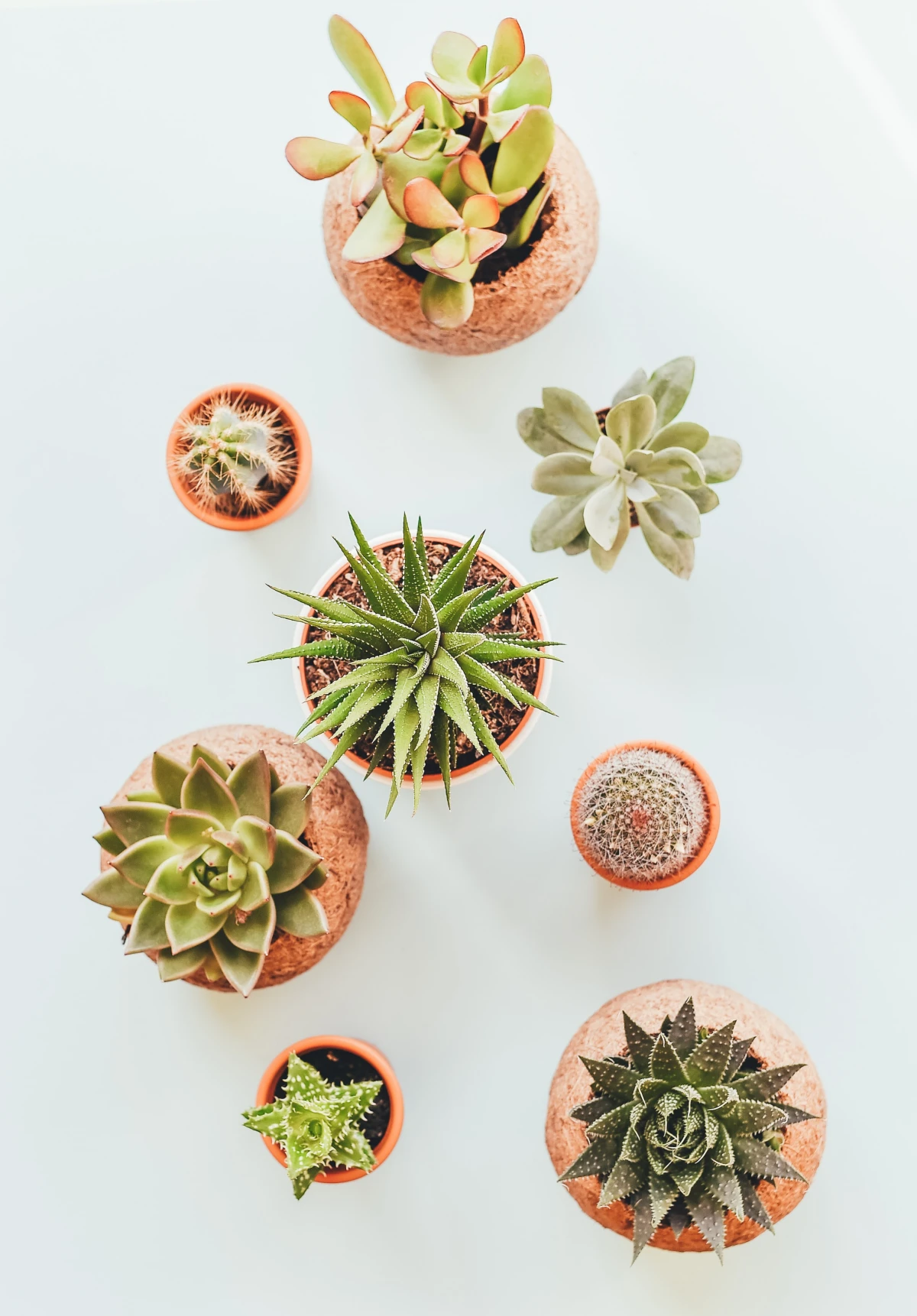
Let’s Talk About the Actual Bag
The container is the first impression, so don’t treat it as an afterthought. A luxury gift in a flimsy paper bag just feels wrong. Here’s a quick rundown of the options:
First up, you have paper bags. They’re the most budget-friendly, often costing just a dollar or two, and are super easy to customize. The downside is they’re not very durable and usually get tossed. If you go this route, make sure it’s heavy-gauge paper with sturdy handles to give it a more premium feel.
My personal favorite for most events is a canvas or jute tote. They’re more expensive, typically running between $5 and $12 per bag depending on quality, but they’re reusable. The bag itself becomes part of the gift! Guests will use these for groceries or beach trips for years, which makes them practical and sustainable.
Finally, for a really high-end feel, you can use boxes or baskets. This is your top-tier option and creates a huge impact, perfect for VIP gifts. But be warned, they’re bulky and a major pain for guests who are flying. You have to consider if they can realistically get it home. They can also be pricey, starting around $15 and going way up from there.
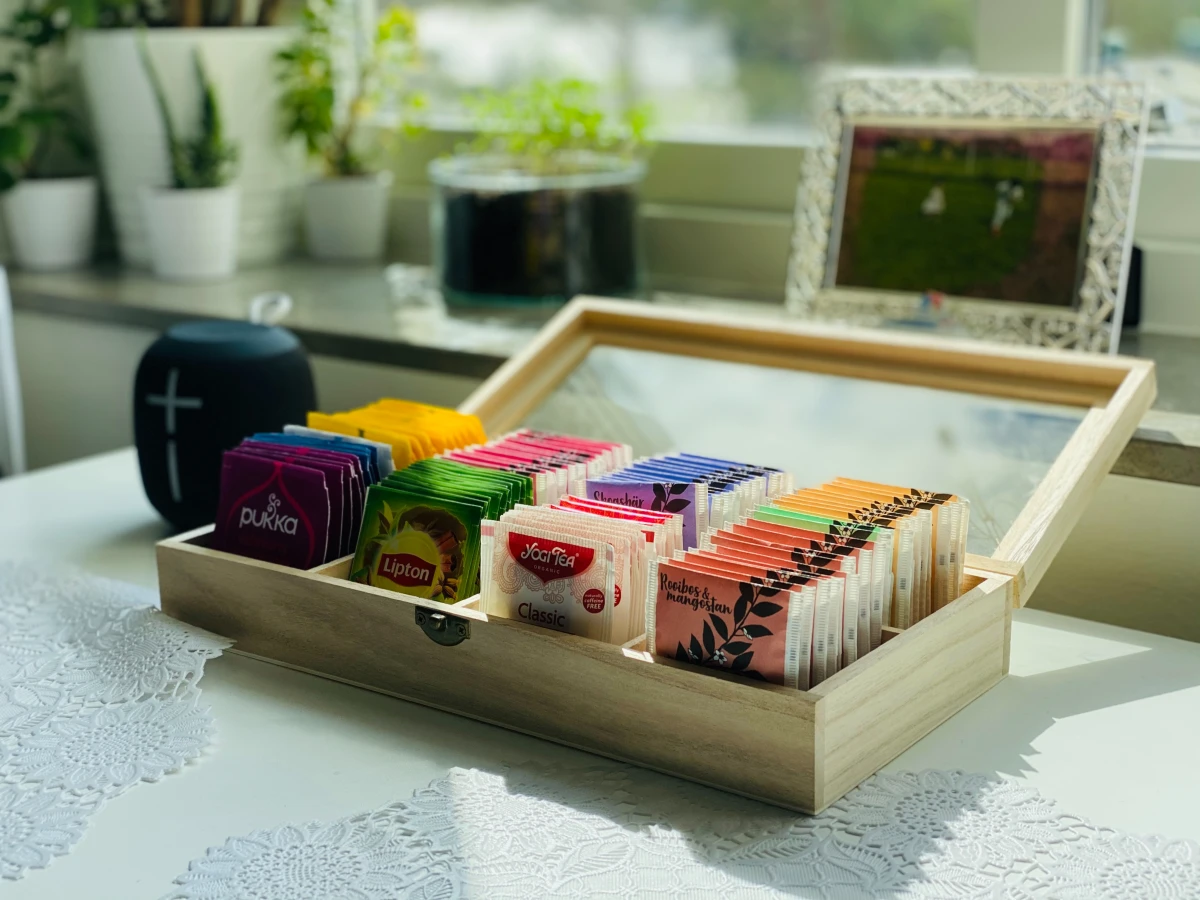
Heads Up! Important Logistics for Flying Guests
If you have guests traveling by plane, you absolutely have to think about their journey home. Nothing’s worse than giving a gift someone has to throw away at airport security.
A Quick TSA-Friendly Checklist:
- DO include solid items: chocolates, cookies, coffee beans, soaps, candles.
- DO stick to travel-sized liquids (under 3.4 oz or 100 ml) if you must include them.
- DON’T include full-size bottles of anything (wine, olive oil, etc.). Ship those separately if you must.
- DON’T include sharp objects. A fancy cheese knife is a lovely idea, but it’s not making it through security.
- DO consider fragile items. If you include a mug or glass, make sure it’s packed securely in a small box within the larger bag.
Your Project Timeline & When to Call a Pro
People always underestimate how long this takes. For a project with 100 bags and a few custom items, you can’t start a month before. Here’s a more realistic timeline:
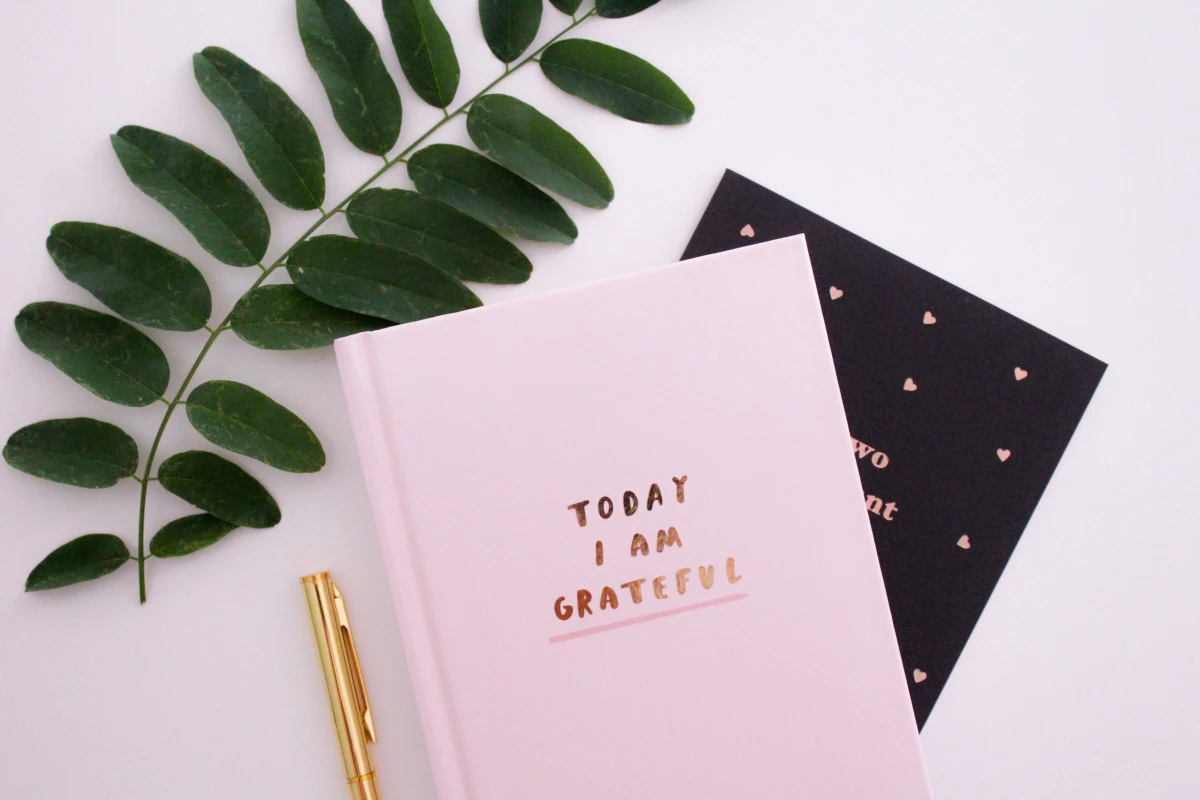
- 3 Months Out: Finalize your concept and budget. Start sourcing your items and requesting samples.
- 2 Months Out: Place orders for all items, especially anything that requires customization or has a long lead time.
- 1 Month Out: All items should be arriving. Check them for quality and accuracy.
- 1 Week Out: Assemble the bags. Set up an assembly line—it’s way more efficient.
So, should you do it yourself? If you’re making 10-20 bags for a small party, it can be a really fun project. But if you’re looking at 100 bags for a wedding or 500 for a conference, the logistics can become a full-time job. A pro has supplier relationships (which can mean better pricing), manages all the receiving and storage, and handles the assembly. It frees you up to, you know, actually focus on your event.
In the end, it all comes back to one thing: thoughtfulness. A gift bag is a physical expression of gratitude. It’s not about the budget; it’s about the care you put into it. By focusing on a clear story and choosing quality items with purpose, you can create something that makes every single guest feel genuinely valued.
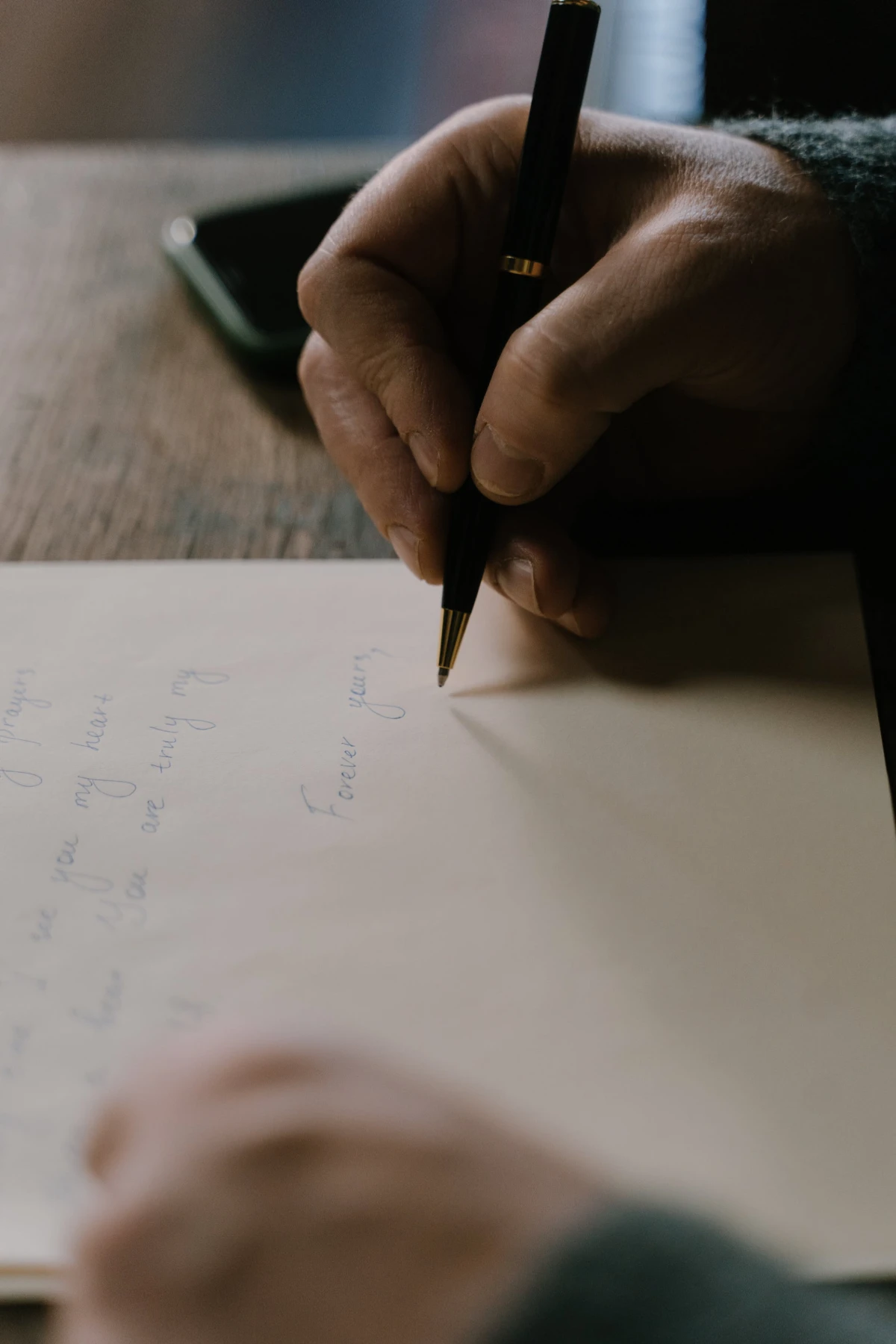
Your Turn! Grab a piece of paper right now and try the Rule of Three for your next event or even just a friend’s birthday. Brainstorm one Indulgent, one Practical, and one Personal item. Just doing that little exercise will give you a huge head start!
Galerie d’inspiration
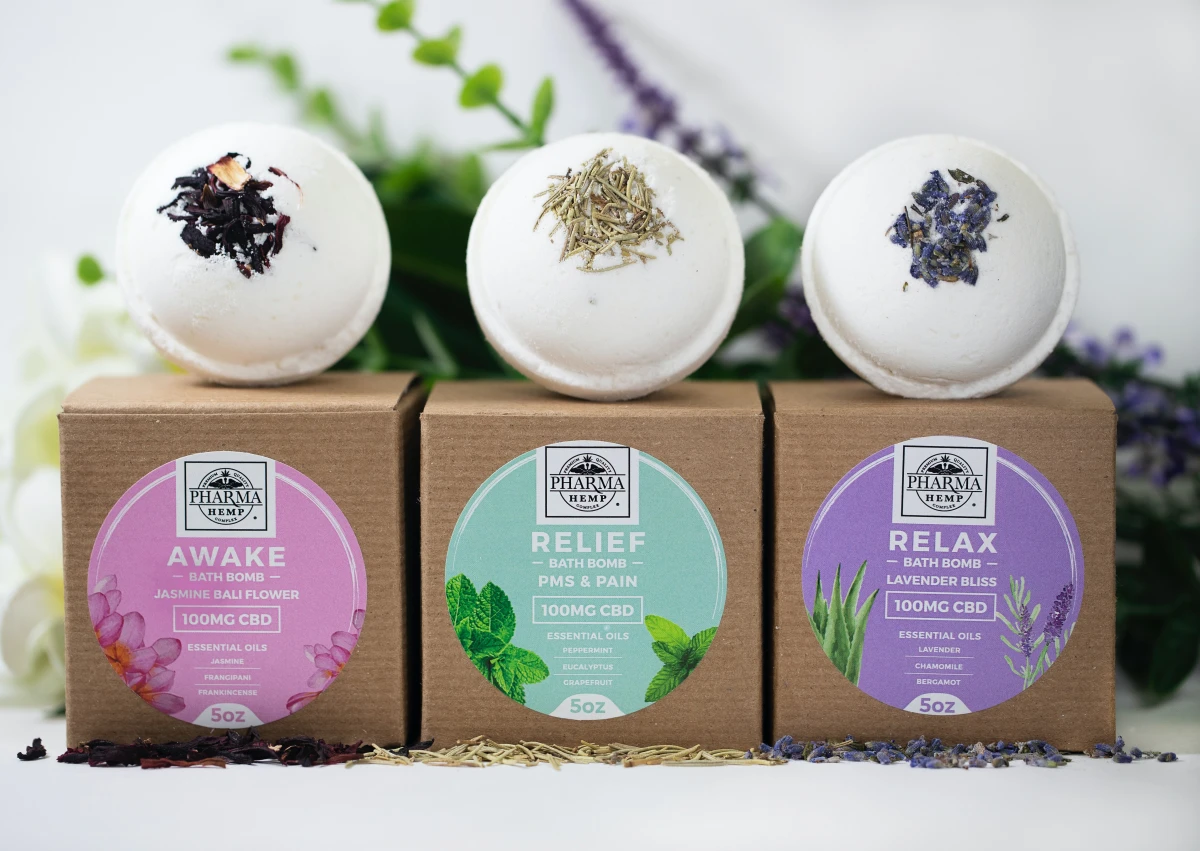

The Bag Itself Matters: Don’t overlook the container. A sturdy, reusable canvas tote from a brand like Baggu or a simple, elegant paper box sets the tone before it’s even opened. The bag is part of the gift, not just a vessel. For a rustic wedding, a simple jute bag works beautifully, while a sleek corporate event might call for a minimalist black box with a foil-stamped logo.

- A QR code linking to a curated Spotify playlist for the event.
- A small, high-quality power bank for long conference days.
- Gourmet coffee beans from a local roaster like Stumptown or Intelligentsia.
- A digital voucher for a complimentary drink at the hotel bar.
The key to modern gifting? Blending the digital with the tangible.
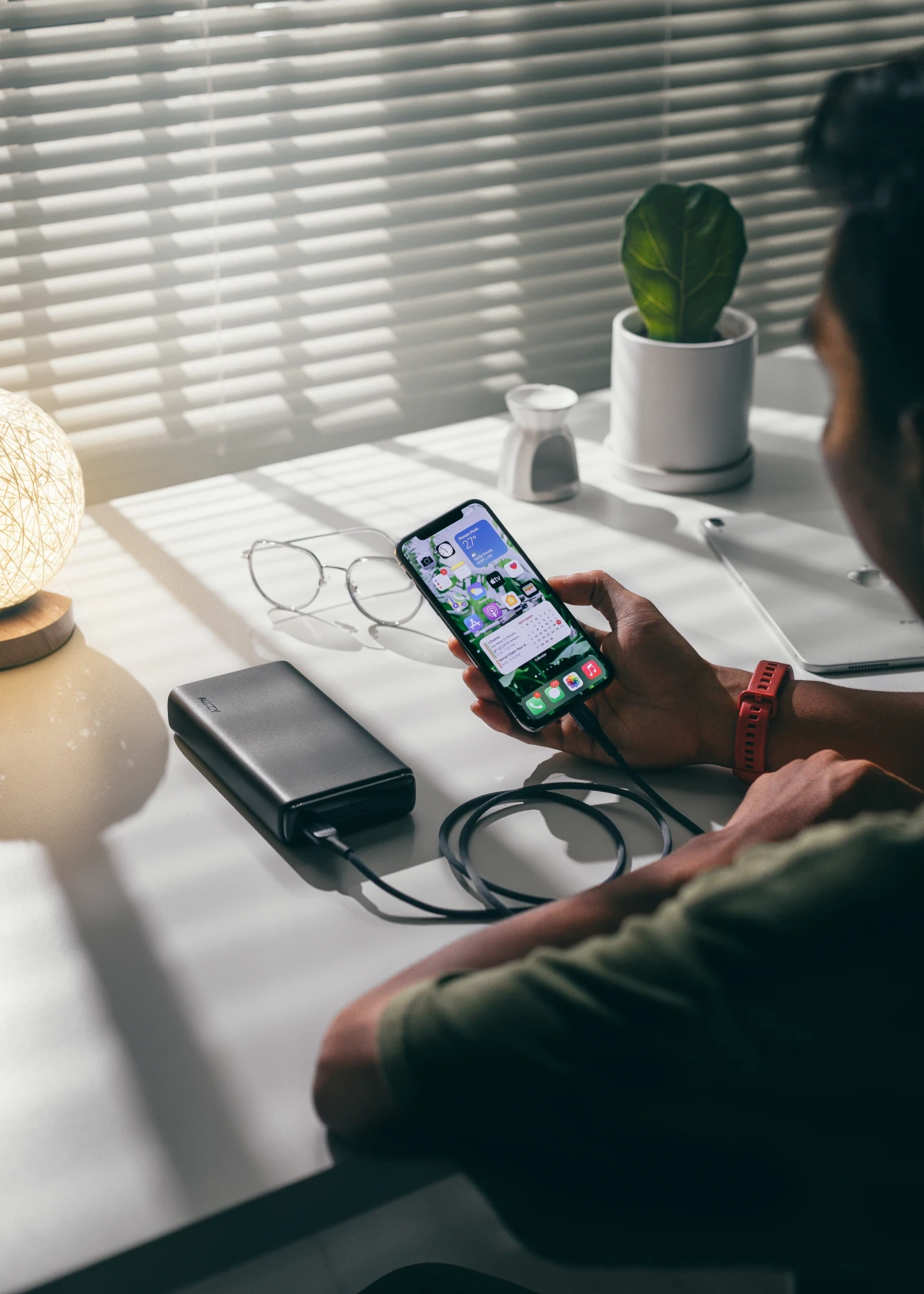
A study by the Advertising Specialty Institute found that 85% of consumers remember the advertiser that gave them a promotional bag.
This staggering number proves that a welcome gift isn’t just a courtesy; it’s a powerful branding and memory-making tool. The goal is to ensure the memory is of something thoughtful and useful, not just another logo on a cheap bag that ends up in the trash.
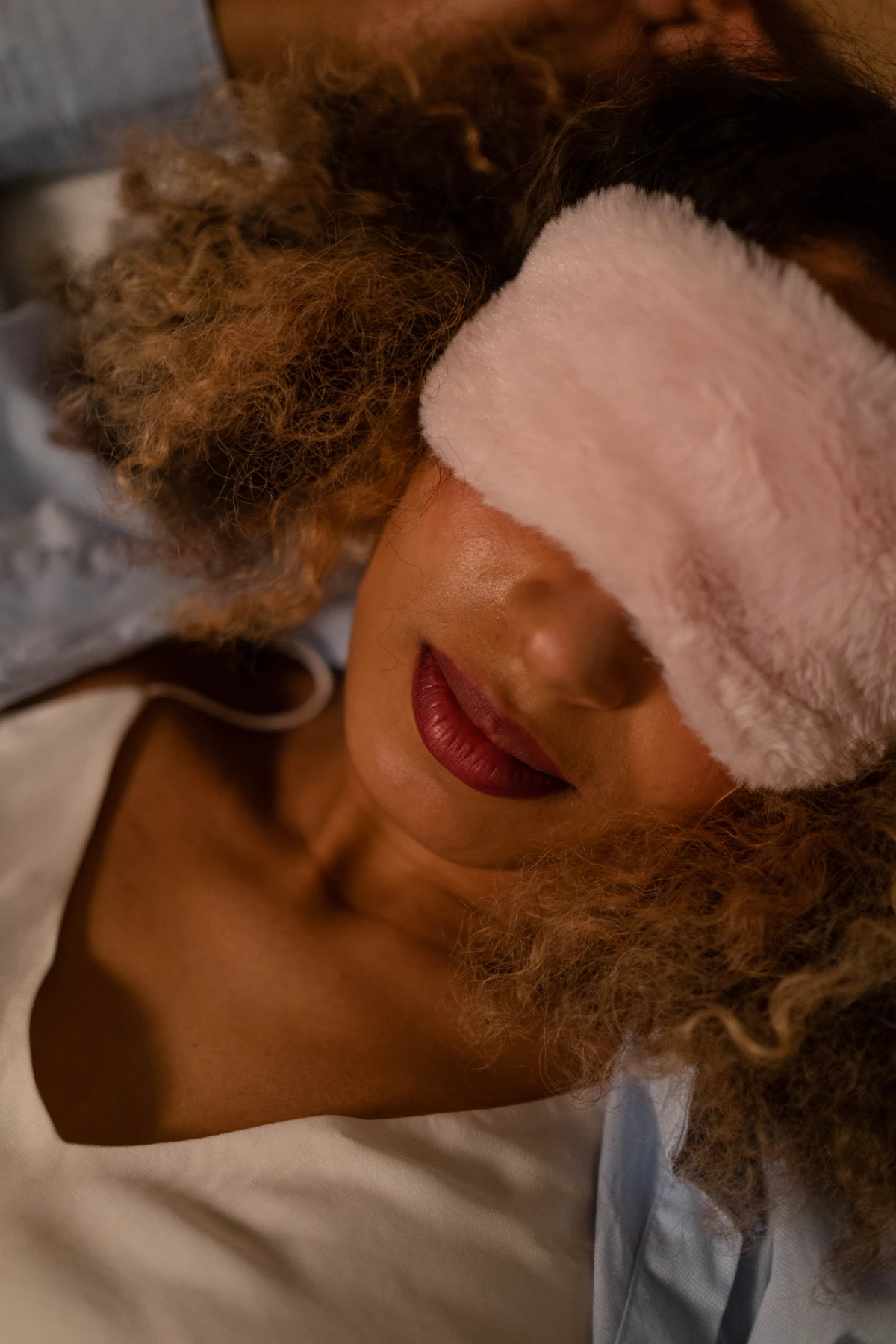
How do you handle dietary restrictions and allergies without creating dozens of different bags?
The simplest solution is to keep the core food item universally friendly. Opt for items that are naturally gluten-free and vegan, like premium dark chocolate (check for dairy), artisanal popcorn, or high-quality fruit. Alternatively, include a beautifully designed card that invites guests to pick up a special treat (e.g., a gluten-free cookie or nut-free granola bar) at the registration desk.

The Scent of Welcome: Scent is powerfully tied to memory. A subtle, cohesive fragrance can elevate the entire experience. Consider a single scented element—a cedar-scented sachet for a mountain retreat, a lavender-eucalyptus rollerball for a wellness weekend, or a small, sea-salt-scented candle for a coastal wedding. It creates an immediate, immersive atmosphere the moment the bag is opened.
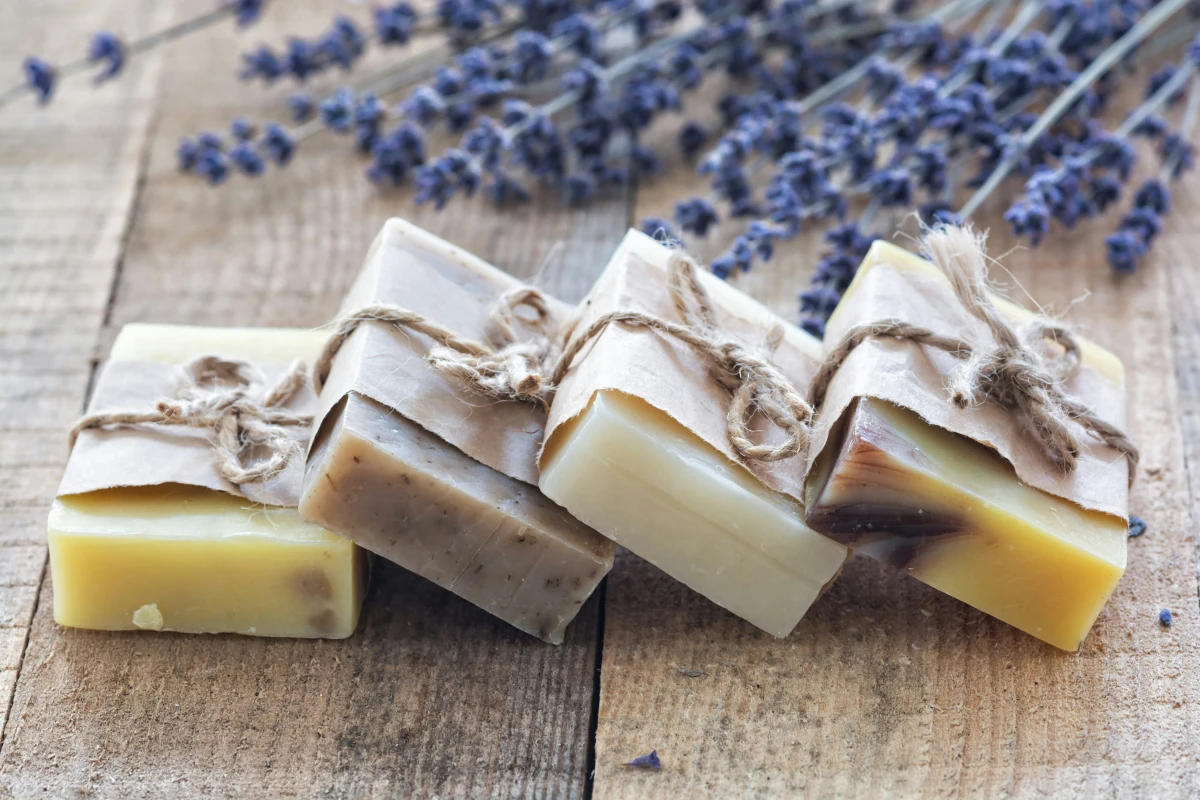
- For the Beach Wedding: A high-SPF mineral sunscreen from a brand like Supergoop!, a pair of stylish but affordable sunglasses, and a refreshing aloe vera mist.
- For the Urban Conference: An insulated water bottle, a city metro map with handwritten favorite spots circled, and a pack of mints or caffeinated gum for long sessions.
- For the Wellness Retreat: A silk sleep mask, a journal with a quality pen, and a packet of herbal tea from Pukka Herbs.
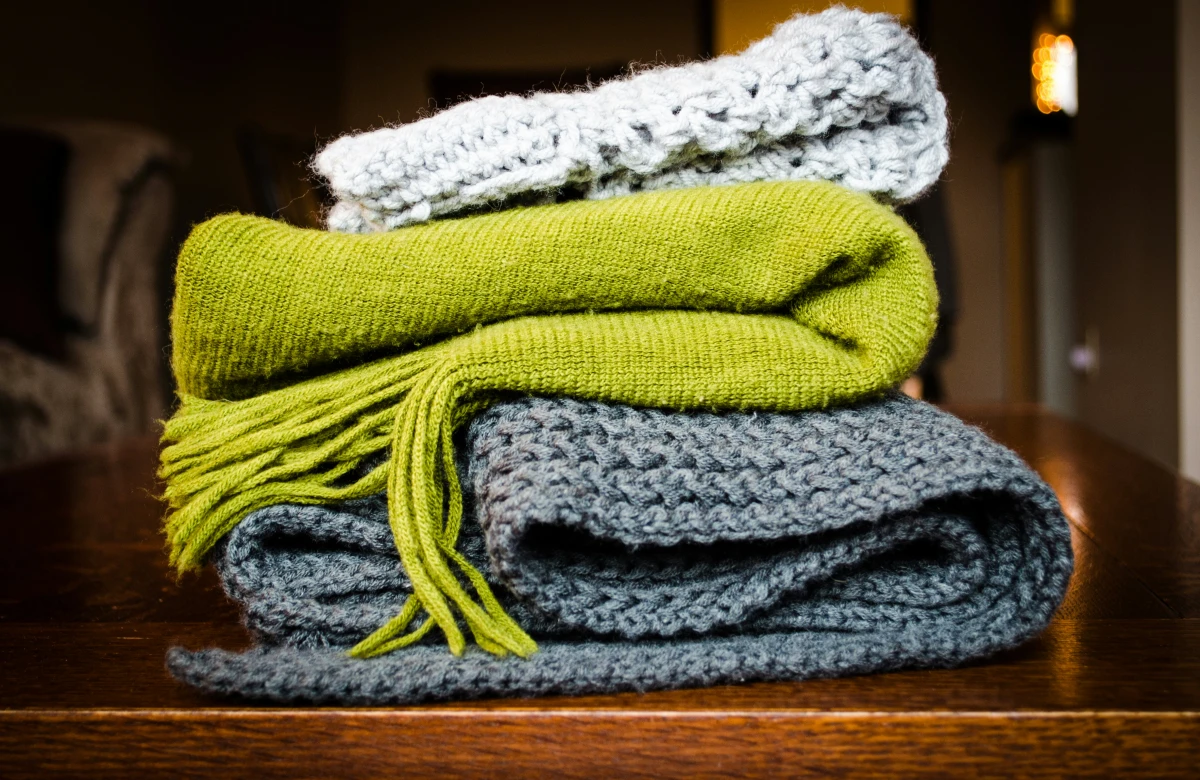
Think beyond the bag’s contents to the
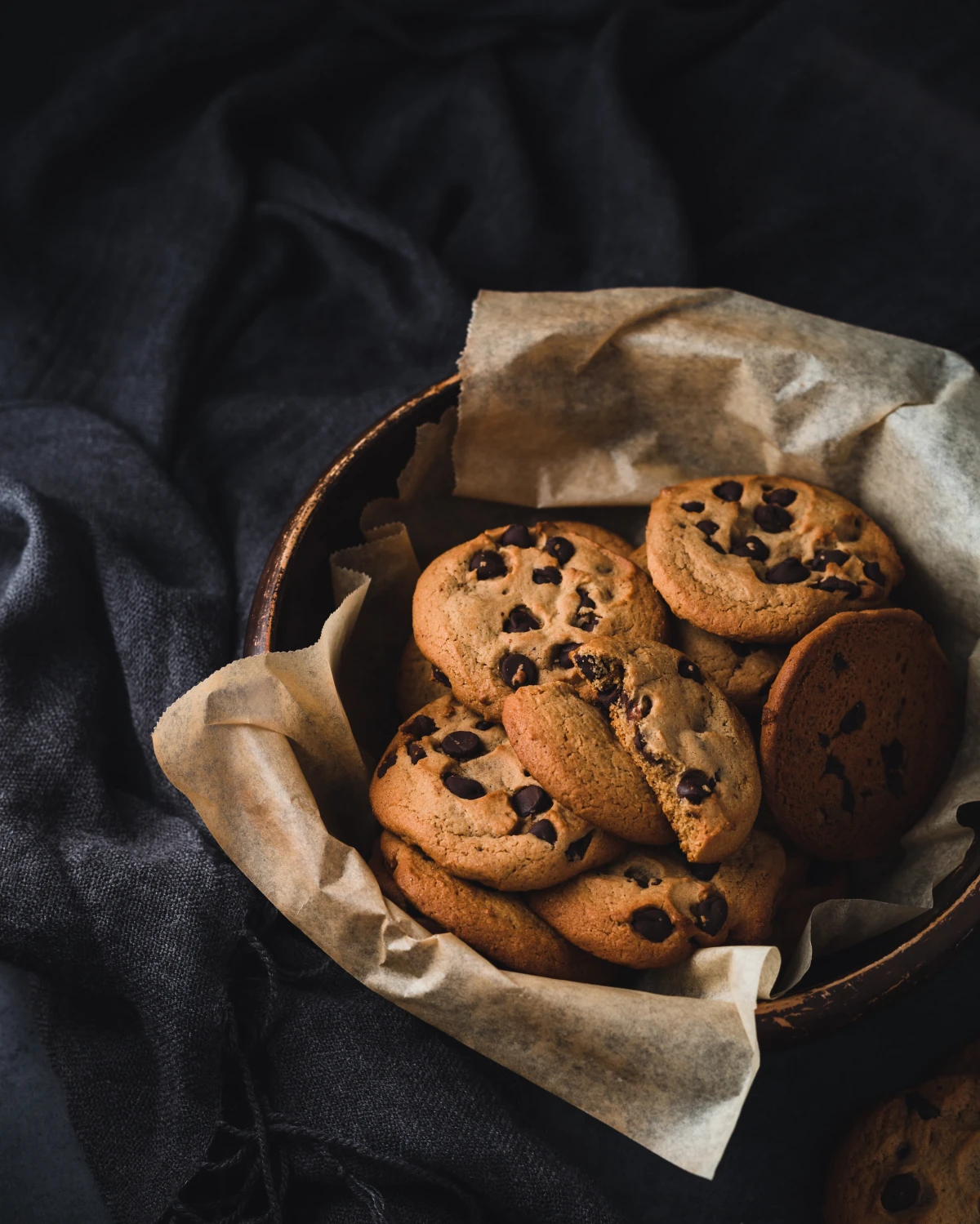
According to a survey, 72% of consumers believe that the quality of the packaging reflects the quality of the brand or event inside.
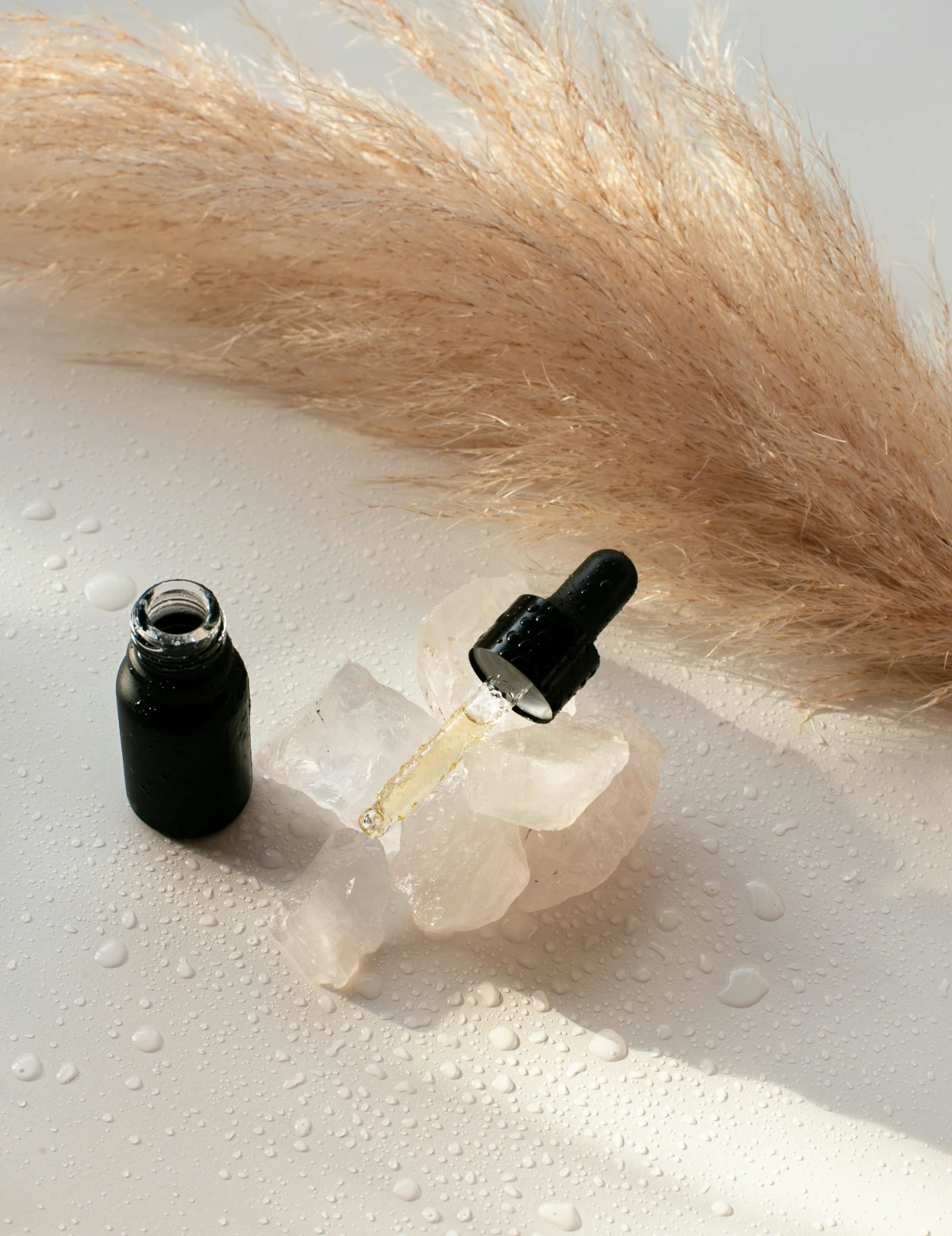
Go Hyper-Local: This goes beyond just a postcard. Forge a real connection to the location. For a summit in Austin, include a bottle of BBQ rub from Franklin Barbecue. For a wedding in Vermont, a small bottle of real maple syrup. This not only supports local businesses but gives guests a genuine taste of the place, making their trip more memorable.

Splurge Item: A high-quality, reusable water bottle like a S’well or Hydro Flask. This has a high perceived value, is eco-friendly, and will be used long after the event.
Save Item: Custom-printed filler items. Instead of expensive snacks, create a beautifully designed
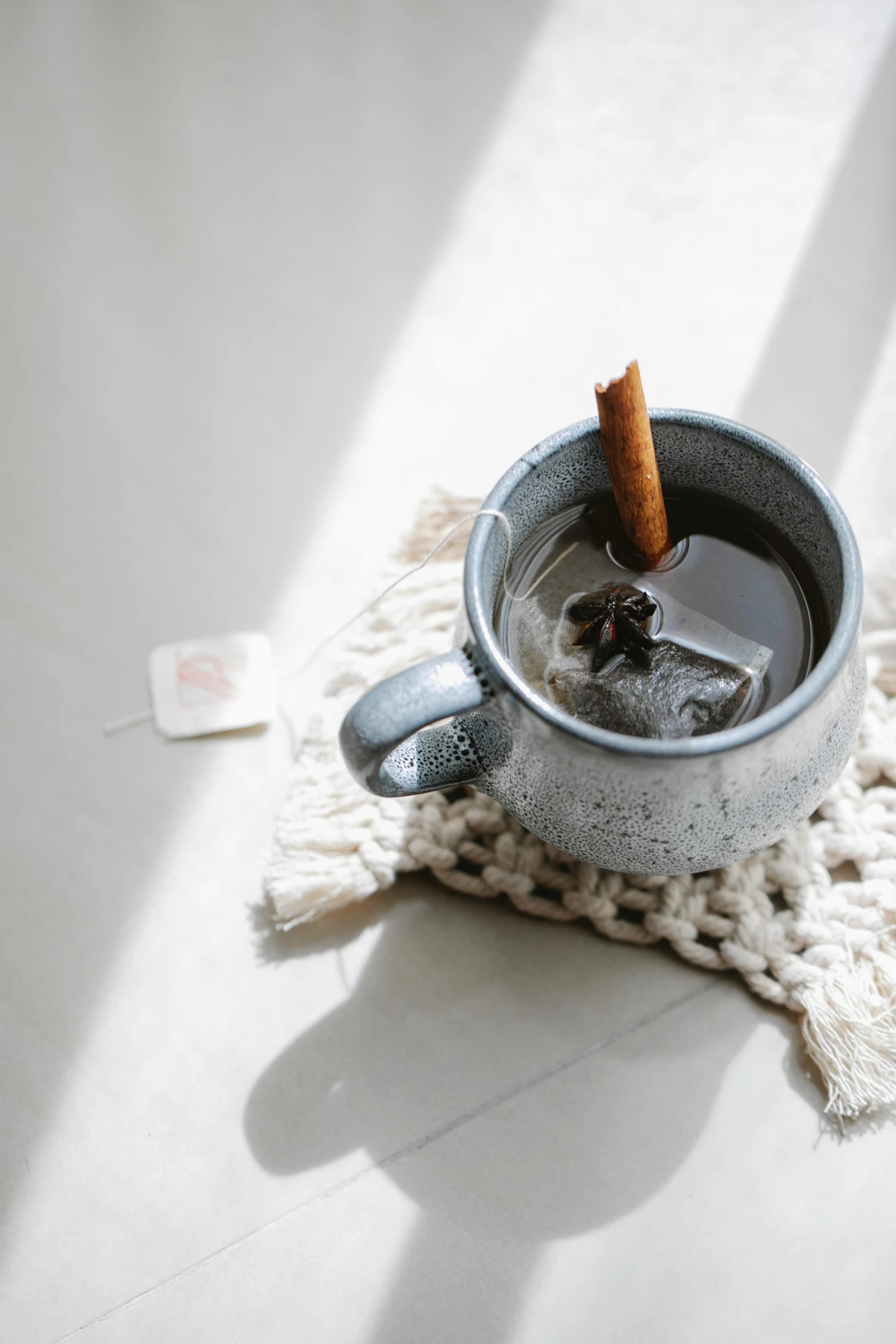
The number one mistake isn’t a bad gift; it’s a logistical failure. Confirm delivery protocols with the hotel or venue weeks in advance. Who is responsible for placing bags in rooms? Is there a fee for this service? Will they be handed out at check-in? A perfectly curated gift is worthless if it doesn’t reach the guest smoothly.

Gift an Experience: For minimalist or high-end events, the best gift might not be a ‘thing’. Consider including a voucher for a tangible experience. Examples include a complimentary pass to a local yoga class, a ticket to a nearby museum, a free craft beer at a celebrated brewery, or even a credit for an in-room movie. It’s clutter-free, memorable, and encourages guests to explore.
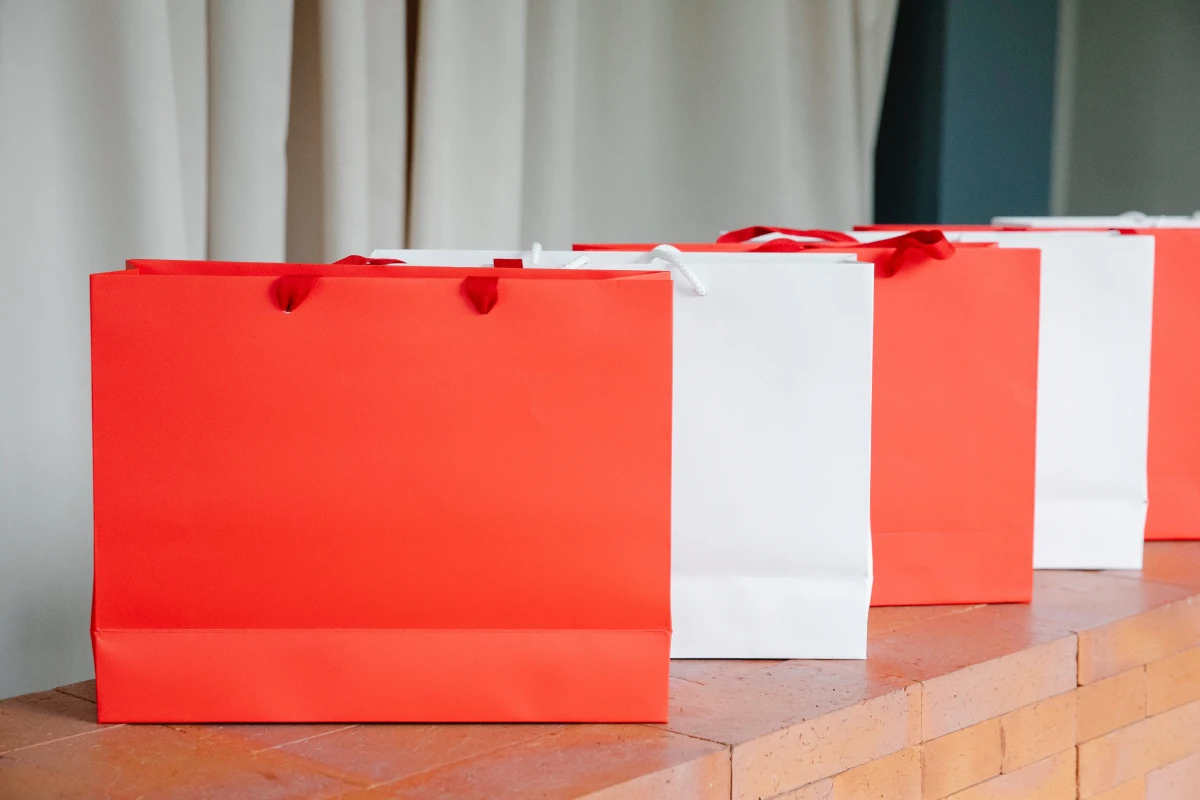
- Avoids single-use plastics and unnecessary paper waste.
- Supports local artisans and small businesses.
- Provides a gift with genuine longevity and usefulness.
The secret? A sustainability-first mindset. Focus on items that are reusable (totes, bottles), consumable (local food), or digital. It’s a modern approach that resonates deeply with today’s guests.
A Note on Notes: The most powerful element can also be the least expensive: a handwritten or personally signed note. A generic










